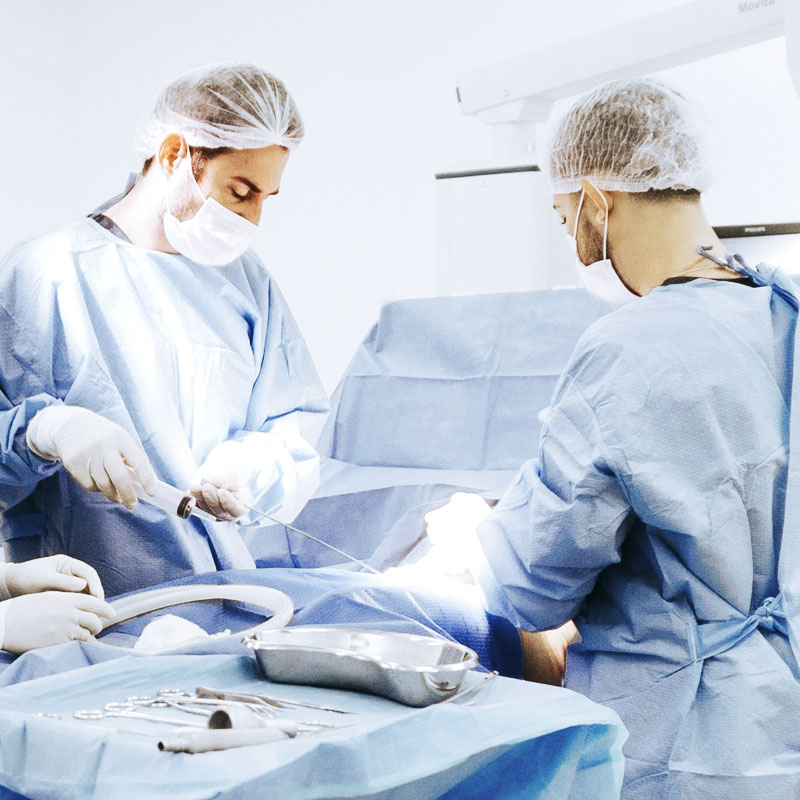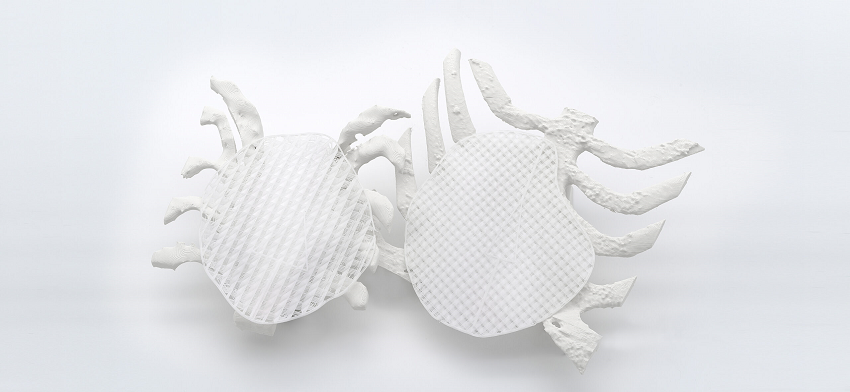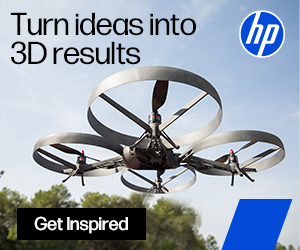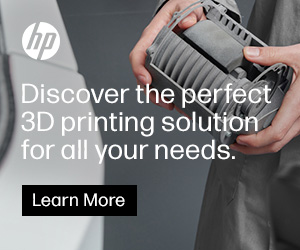BellaSeno’s Pioneering 3D Printing Facility for Medical Implants to Open in 2025
German 3D printing medical implant pioneer BellaSeno plans to launch a fully automated production facility in Australia by mid-2025 to make its resorbable soft tissue and bone reconstruction implants. By leveraging AI-driven, no-touch manufacturing 3D printing, the facility is expected to produce up to 100,000 custom-made breast scaffolds per year.
Financed through the Queensland Government’s AU$415.5 million ($274 million) Industry Partnership Program, this state-of-the-art facility is a collaboration with Metro North Health, Queensland’s largest Hospital and Health Service provider.

New investigator-initiated clinical trials for BellaSeno’s resorbable implants. Image courtesy of BellaSeno.
Set to be built at the Herston Health Precinct, the site will join other biomedical companies and hospitals in what has become a major medtech hub. The precinct is one of the largest integrated health precincts in Australia, anchored by the Royal Brisbane and Women’s Hospital. It is home to over 30 health facilities, medical research institutes, universities, and organizations, making it a leading center for healthcare innovation, education, research, training, and clinical services.
Queensland’s Minister for State Development and Infrastructure, Grace Grace, highlighted the government’s commitment to the biomedical sector: “We are delighted that BellaSeno has chosen Queensland to be the home of its new biomanufacturing facility.”
According to Grace, the Queensland Government, led by Premier Steven Miles, strongly supports the life sciences sector and envisions its key role in improving health outcomes for Queenslanders and the world. To that end, Miles has developed the Queensland Biomedical 10-year Roadmap and Action Plan to support industry growth and position Queensland as a globally competitive Asia-Pacific biomedical industry hub.
Aside from spearheading this one-of-a-kind facility, BellaSeno’s project also aligns with Queensland’s goals to boost the local economy, create jobs, and position the state as a leader in the sector.
“We are delighted to have received non-dilutive financial support for our Australian activities,” said BellaSeno CEO Mohit Chhaya. “We have developed a sophisticated no-touch manufacturing approach for our leading-edge products in soft and hard tissue regeneration. The establishment of this novel, fully automated facility will be globally unique and puts BellaSeno and Queensland at the forefront of creating leading-edge medical scaffolds.”
Driving forward its mission to improve patient outcomes globally, BellaSeno is advancing the development of its resorbable 3D printed soft tissue and bone reconstruction implants. These scaffolds are designed to be implanted into the body, where they gradually dissolve and are absorbed, eliminating the need for additional surgeries to remove them. They provide support and structure for the regeneration of tissues and bones, making them particularly useful for patients undergoing reconstructive surgery after trauma, cancer treatment, or congenital conditions.
BellaSeno’s implants are currently being used in clinical trials, and their effectiveness in improving patient recovery and reducing complications is a significant step forward in the MedTech field. The company reported promising initial results from its Australian clinical trials on resorbable breast scaffolds, where ten patients with breast scaffolds and five patients with pectus scaffolds experienced good safety results, with no major issues or need for scaffold removal over the course of one year.
According to the clinical Investigators, no major complications, such as capsular contracture, calcifications, oil cysts, infections, tissue necrosis, or wound healing issues, were observed. Plus, the patients were generally more satisfied with their breasts and experienced an improved quality of life compared to baseline (that is, silicone implants). BellaSeno claims this is the first-ever breast implant trial using PCL scaffolds and fat transfer, and based on the positive data collected, it plans to launch an international clinical trial with over 100 patients to obtain regulatory approval for the breast scaffolds in Europe and the U.S.
So far, 41 patients have been successfully operated on and received BellaSeno´s hard or soft tissue scaffolds, including five bone scaffolds and 36 breast or pectus scaffolds. What’s more, all patients have had consistently favorable outcomes in the follow-up, ranging from six months to two years.
When the news about BellaSeno’s upcoming facility was communicated, Owen Ung, breast and endocrine surgeon and Director of the Metro North Comprehensive Breast Cancer Institute, remarked: “We’re excited by this development that will facilitate our ongoing and groundbreaking regenerative medicine research with 3D printing biofabrication of breast scaffolds for reconstruction with the help of industry sponsors BellaSeno at the Royal Brisbane and Women’s Hospital within the Herston Health Precinct.”
The pioneering surgeon spoke in 2022 at TEDx Brisbane on an alternative reconstruction technique using 3D printing to give breast cancer survivors safer choices when it comes to reconstruction post-operation.
Aside from its work on breast implants, BellaSeno has expanded its scope by receiving significant market approvals for its bone scaffold products. Early in 2024, BellaSeno was granted authorization under European Union medical device regulations for its customized 3D printed bone and pectus excavatum scaffolds, a congenital deformity where the chest wall sinks inward, often requiring correction to improve breathing and heart function. These scaffolds are designed to support bone growth and correct chest deformities. This milestone allows the company to sell these products in the European market, broadening their reach and impact. A notable case highlighting the effectiveness of BellaSeno’s scaffolds involved treating a patient with an infected radial shaft from a bullet wound, documented in the Journal of Personalized Medicine.
Already at the forefront of medical innovation, BellaSeno could set new standards in the industry with its groundbreaking automated production facility. This expansion not only broadens the company’s horizons and market reach but also highlights its commitment to advancing healthcare through cutting-edge technology.
Subscribe to Our Email Newsletter
Stay up-to-date on all the latest news from the 3D printing industry and receive information and offers from third party vendors.
Print Services
You May Also Like
New Business: Temporary, Migratory, & Modular 3D Printed Architecture
If we look at potentially emerging 3D printing businesses, then architecture has not been fully explored. Yes, there is a lot of house 3D printing going on worldwide. From deployable...
3D Printing News Briefs, April 19, 2025: Material Extrusion Standard, Metal Powder, & More
In today’s 3D Printing News Briefs, we’re covering a proposed standard for material extrusion, before moving on to business and metal powder. We’ll end with a commercial store’s robotic 3D...
Japan Unveils World’s First 3D Printed Train Station
Japan is now home to what we believe is the world’s first train station built with 3D printing technology. Located in Arida City, just south of Osaka, the new Hatsushima...
restor3d Raises $38M to Expand 3D Printed Orthopedic Implants
Backed by $38 million in new funding, restor3d is pushing ahead with the launch of four personalized implant lines, set to roll out in 2025 and 2026. This latest venture...




























